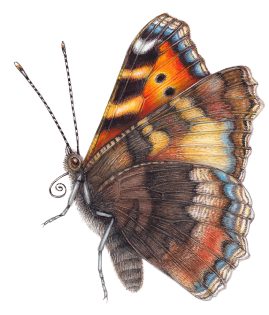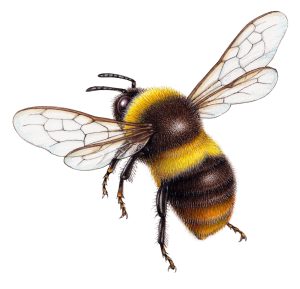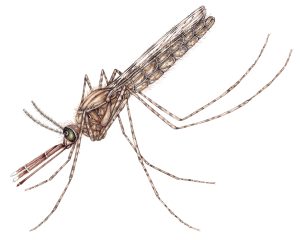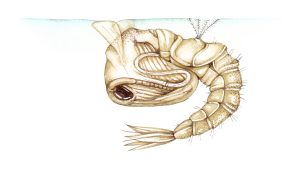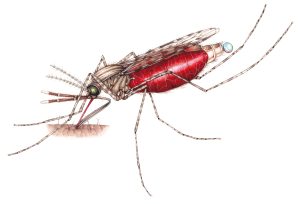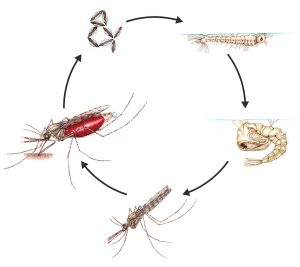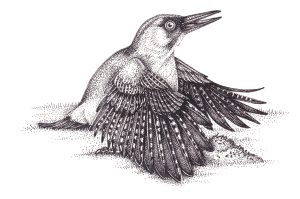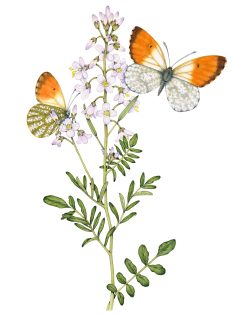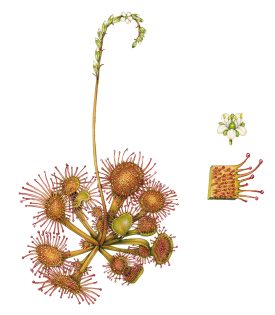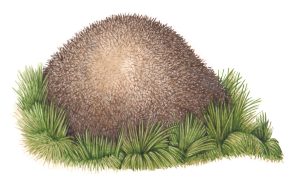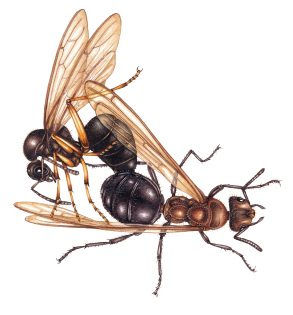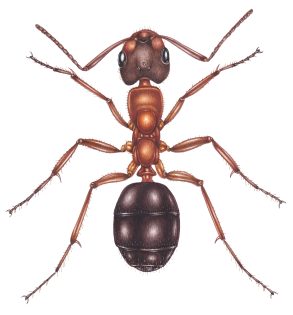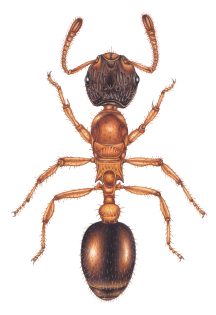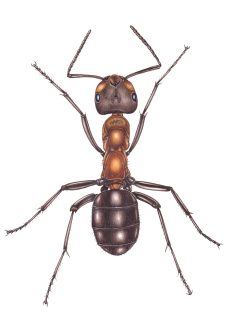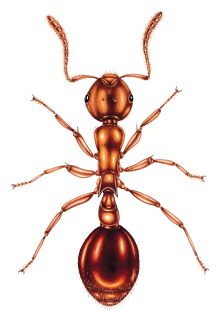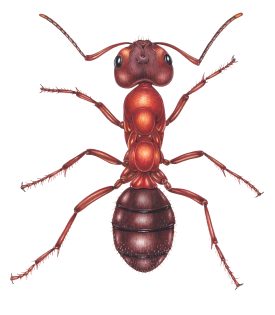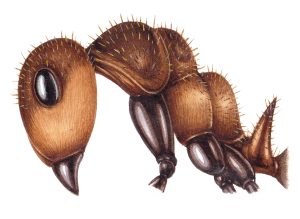
Small tortoiseshell Aglais urticae
Small tortoiseshell Aglais urticae butterfly at rest with wings only slightly open.

Broken-belted bumble bee Bombus soroeensis 2
Broken-belted bumble bee Bombus soroeensis, showing the bumble bee in flight, male bee

Broken-belted Bumblebee Bombus soroeensis
Broken-belted male bumblebee in flight. Illustration for Swedish packaging company

Anopheles gambiae African Malaria mosquito unfed female
Anopheles gambiae African Malaria mosquito unfed female, posing in typical diagonal position

Larva of Anopheles gambiae Malaria mosquito
Larva of Anopheles gambiae Malaria mosquito showing typical position, parallel to the water surface

Pupa of Anopheles mosquito
Pupa of Anopheles mosquito based on Anopheles gambiae at water surface

Feeding African Malaria Mosquito Anopheles gambiae
Feeding African Malaria Mosquito Anopheles gambiae showing stylets as she feeds, and swollen belly with tergites forced apart and excess liquid excreted during feeding

African Malaria Mosquito Life cycle Anopheles gambiae
African Malaria Mosquito Life cycle Anopheles gambiae

Anting Green woodpecker Picus viridis
Green woodpecker Picus viridis anting for parasite removal

Orange-tip butterfly with Cuckoo-flower
Orange-tip Anthocharis cardamines butterfly with Cuckoo-flower Cardamine pratensis. Illustration shows male butterfly with wigs open, and another with wings folder closed on the host plant Cuckoo-flower (or Ladies’ smock)

White Admiral butterfly
White Admiral butterfly Limenitis camilla with outstretched wings. This butterfly is a velvety brown with distinctive white markings, crossed with deep brown-black veins.

Round-leaved Sundew Drosera rotundifolia
Round-leaved Sundew Drosera rotundifolia with detail. Carnivorous plant growing in upland and boggy habitats.

Monarch & Queen butterflies on Mexican milkweed
Monarch butterfly Danaus plexippus & Queen butterfly Danaus gilippus life cycle on Mexican milkweed Asclepias curassavica. Illustration includes pupa and caterpillar for both species.

Wood ant nest
Wood ant nest. This nest belongs to the Southern red wood ant, Formica rufa. Wood ant nests do differ between species, although it can be hard to tell them apart.

Nest and budded smaller nest of wood ant
Nest and budded smaller nest of wood ant. This budding often happens with wood ant species.

Mating Formica rufa Southern Red wood ant queen and male
Mating during nuptial flight Formica rufa Southern Red wood ant queen and male

Narrow headed ant Formica exsecta
Worker caste of the Narrow headed ant Formica exsecta. This species have curved backs to their heads.

Slender ant Leptothorax acervorum
Slender ant Leptothorax acervorum worker. This ant is only 3mm, and although similar to the Shining Guest ant, has a darker and less smooth head.

Scottish wood ant Formica aquilonia
Scottish wood ant Formica aquilonia worker. These ants are only modestly hairy.

Southern Red wood ant Formica rufa
Southern Red wood ant Formica rufa. One of the most common species of European wood ant.

Shining Guest ant Formicoxenus nitidulus
Shining Guest ant Formicoxenus nitidulus worker. This tiny species is extremely shiny, and only 2.75mm long.

Hairy wood ant Formica lugubris
Hairy wood ant Formica lugubris, showing species-specific long hairs. These reach up to and beyond the eyes.

Slave making or Blood red wood ant Formica sanguinea
Slave making or Blood red wood ant Formica sanguinea. These wood ants are far redder than the other wood ant species.

Thorax and hairs detail of Hairy wood ant Formica lugubris
Thorax and hairs detail of Hairy wood ant Formica lugubris. Hairs are longer and more numerous than other wood ant species, and extend beyond the eyes.


























